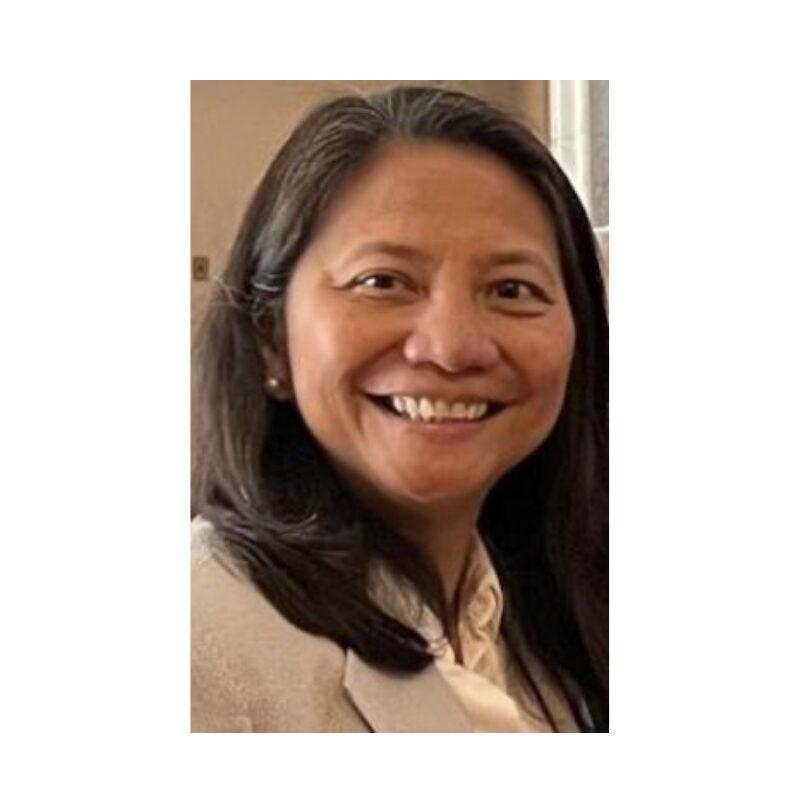SAN FRANCISCO—The San Francisco Board of Supervisors on Tuesday, April 12 unanimously adopted a resolution establishing a Filipino Cultural Heritage District in the city called SoMa Pilipinas. The resolution also recognizes the historic contributions and leadership of the Filipino community in San Francisco.
Authored and introduced by Supervisor Jane Kim, the resolution was co-sponsored by seven other supervisors, namely John Avalos, David Campos, Maila Cohen, Eric Mar, Aaron Peskin, Scott Wiener and Norman Yee.
SoMa Pilipinas-Filipino Cultural Heritage District, according to the resolution, will be the area bound by 2nd Street to the east, 11th Street to the west, Market Street to the north and Brannan Street to the south, as identified in the Western SoMa Community Plan which was adopted by the Board of Supervisors in 2011. It is located within District 6 in San Francisco.
Per the resolution, SoMa Pilipinas also includes the I-Hotel, Gran Oriente, Rizal Apartments, the Iloilo Circle building, and surrounding areas, including Rizal Street and Lapu Lapu Street due to the historic and cultural significance associated with these buildings and areas.
Within SoMa Pilipinas’ boundary lies Filipino cultural landmarks, including the San Francisco Filipino Cultural Center, the Bayanihan Cultural Center, businesses, institutions, residences, places of worship, buildings, activities and organizations like the Filipina Women’s Network, Kularts, Kearny Street Workship, Veterans Equity Center, and West Bay Pilipino Center.
The resolution describes the South of Market (SoMa) area, which is home to the Bessie Carmichael School/Filipino Education Center (the nation’s first and only elementary school with a curriculum in the Filipino language), Victoria Manalo Draves Park (named after the Fil-Am Olympic champion diver) and Bindlestiff Studio, as an important venue for Filipino cultural activities like the FAAE/Pistahan Parade and Festival, the Parol Festival, Kulinarya and the New Filipino Cinema at Yerba Buena.
The legislation instructs the Planning Department to work with the SoMa Pilipinas working group to “develop a strategic and implementation plan to set policies that promote community development and stabilization, and increase the presence and visibility of the district.”
The resolution calls for the strategic plan for SoMa Pilipinas to be developed by the Planning Department and submitted to the Planning Commission and Board of Supervisors within six months of the adoption of the resolution.
Community organizers estimate that there are about 1,500 Filipino residents concentrated in the SoMa Pilipinas-Filipino Cultural Heritage District out of the 5,106 Filipinos who reside in District 6. Overall, according to the 2010 Census, there are a total of 36,347 Filipinos living in San Francisco.
Hours before the resolution was adopted, community organizers held a press conference at the steps of the City Hall, urging for a unanimous vote from the Supervisors on the resolution that was tabled in the agenda on Tuesday.
Ligaya Avenida, president of the Filipino-American Development Foundation (FADF) Board, an organization which has, through the years, actively worked to sustain and nurture the Filipino community in SoMa, urged the Supervisors to adopt the resolution unanimously because “it’s not only right, but it is the right thing to do for the city that you represent.”
Avenida, who said that she has witnessed the many contributions given and challenges faced by Filipino Americans in the area, recalled that this resolution was a dream of Dr. Mario Borja, who had envisioned a center that brought together services and programs that celebrate Filipino culture and history, while serving the needs of the community. Dr. Borja, according to Avenida, donated the first floor space of the Delta Hotel which he owned that gave birth to the Bayanihan Center.
“Today is a historical event. Today is the day we make history in San Francisco,” she said. “The votes of the Supervisors will allow Filipinos to continue to be a major part of that beautiful tapestry we call San Francisco. Today we will validate the presence of the Filipinos who have lived and worked in the corridors of SoMa for decades, and who have helped to make SoMa what it is today.”
Supervisor Jane Kim (District 6) said she was proud to author this piece of legislation “where we are finally recognizing the Filipino American community in the South of Market.”
“I am a beneficiary of the incredible work of this community. I live across from the park, the only multi-use park in the South of Market that this community fought for – Victoria Manalo Draves [Park],” Kim related. “I live across from one of our public school… the only public school to teach Tagalog as part of its program. I’ve been a part of working with this community to make sure our neighborhood is safe for our seniors, for our children, and our pedestrians. And, of course, we are all a beneficiary of the work of this community in fighting to build more affordable housing.”
Supervisor Kim told the audience that this resolution is not only geared to just preserving history and culture. “It is also talking about how we can use land-use controls and economic development tools to make sure that our community continues to stay in the South of Market for decades to come,” she said. “We want to ensure that our community leaders, our diversity, get to stay in San Francisco, and that we are looking to preserving our art institutions… preserve housing and continue to build more.”
Supervisor Avalos, for his part, said that he learned more about the heritage and history of Filipinos in San Francisco when he read the resolution. “It makes so much sense that we are establishing this cultural district so that we can actually protect the vitality of the cultural institutions that are in the neighborhood, support the economic development of the neighborhood and maintain the existence of Filipinos in the SoMa district,” he stated. Avalos represents District 11, which also has a large number of Filipino residents.
SoMa resident and community worker Juvy Barbonio spoke on the implications the legislation will have on the SoMa district.
“It’s fitting that today the San Francisco Board of Supervisors passed a resolution to begin creating land use policies for SoMa Pilipinas. The community sees SoMa Pilipinas as going beyond just signs and murals. We need land use policies to keep residents and workers like me in the neighborhood. We need policies that will preserve and encourage our nonprofits, cultural institutions and businesses,” she said.
“SoMa is still the cultural touchstone for Filipino culture in the Bay Area. We have institutions that exist nowhere else in the US. Filipinos from across the Bay Area attend church in SoMa, celebrate festivals in SoMa, and visit friends and families in SoMa,” Barbonio continued, even as she recalled the displacement experienced by Filipinos in San Francisco, particularly in an area designated before as Manilatown (which was next to Chinatown), as well as in the Fillmore and Yerba Buena.
“I am a resident of the South of Market. And I am happy to celebrate today as the start of recognizing my neighborhood as SoMa Pilipinas,” Barbonio stated.
Aside from Supervisors Kim and Avalos, others who spoke at the midday press conference included Supervisors David Campos, Norman Yee, Eric Mar, and Atty. Lourdes Tancinco of the Veterans Equity Center.





